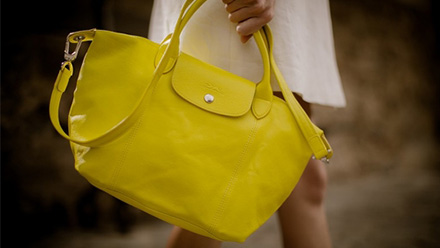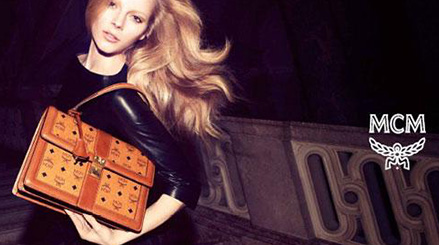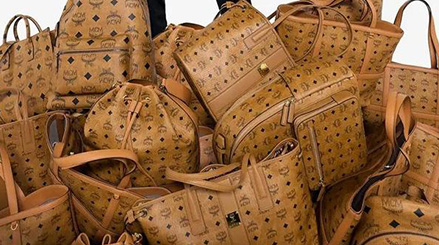How to Choose a Designer Handbag: A Buyer’s Guide
Investing in a designer handbag is not just about acquiring a luxury item but also about making a smart choice that complements your style and lasts for years. With so many options available, selecting the right designer handbag can be overwhelming. Here’s a comprehensive guide to help you choose the perfect designer bag:
1. Identify Your Needs
Before diving into the world of designer handbags, consider your personal needs and lifestyle. Think about:
- Functionality: Do you need a bag for everyday use, special occasions, or travel? Consider bags with versatile designs that fit your lifestyle.
- Size: Choose a size that fits your daily essentials. Larger bags are great for work or travel, while smaller bags are perfect for evenings out.
2. Understand the Brand
Research the designer brands you’re interested in. Each brand has its own style, history, and signature designs. Familiarize yourself with:
- Brand Reputation: Look into customer reviews and brand reputation to ensure you’re investing in a reputable designer.
- Signature Styles: Some brands are known for specific styles or iconic designs, such as Chanel’s Classic Flap or Louis Vuitton’s Neverfull.
3. Check the Quality
A designer handbag is an investment, so quality is paramount. Evaluate the following aspects:
- Material: High-quality leather, canvas, or other materials should be used. Check for consistency in texture and color.
- Craftsmanship: Inspect the stitching, hardware, and overall construction. The stitching should be even, and hardware should feel sturdy.
4. Assess the Design
Choose a design that aligns with your personal style and preferences. Consider:
- Timeless vs. Trendy: Timeless designs, like the Hermes Birkin or Gucci GG Marmont, often have better longevity in terms of both style and resale value.
- Color and Hardware: Choose colors and hardware that complement your wardrobe. Classic colors like black, brown, or beige are versatile and timeless.
5. Verify Authenticity
Ensure the bag you’re buying is authentic. Check for:
- Serial Numbers: Most designer bags have a serial number or authenticity tag. Verify it with the brand if you’re unsure.
- Purchase from Reputable Sources: Buy from authorized retailers, brand boutiques, or trusted second-hand marketplaces to avoid counterfeit products.
6. Consider the Price
Designer handbags can be a significant investment. Set a budget and stick to it. Keep in mind:
- Price Range: Research the typical price range for the handbag you’re interested in. If a deal seems too good to be true, it might be a counterfeit.
- Resale Value: Some designer bags retain or even increase in value over time. Brands with high resale values include Chanel, Hermes, and Louis Vuitton.
7. Evaluate Comfort and Practicality
Try on the handbag if possible. Consider:
- Comfort: The bag should be comfortable to carry, whether it’s a shoulder bag, crossbody, or handheld.
- Practical Features: Check for practical features like adjustable straps, multiple compartments, and easy accessibility.
8. Long-Term Maintenance
Think about the long-term care of your handbag. Choose a bag that fits well into your lifestyle and is easy to maintain. Designer bags require regular care, so consider the upkeep needed for the material and design you choose.
Conclusion
Choosing a designer handbag is about balancing style, function, and investment value. By understanding your needs, researching brands, checking quality, and ensuring authenticity, you can find a designer bag that is both a timeless addition to your wardrobe and a smart investment. Take your time to make an informed decision, and enjoy the luxury and elegance of your new handbag!



